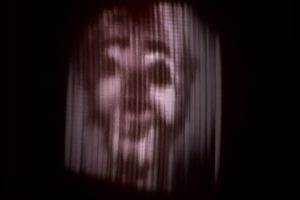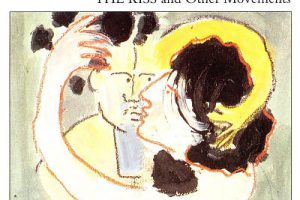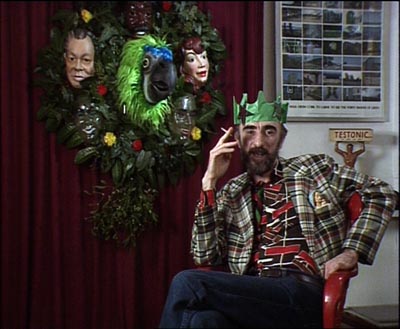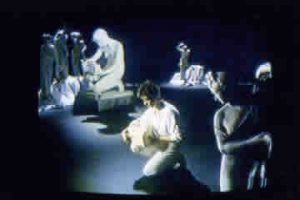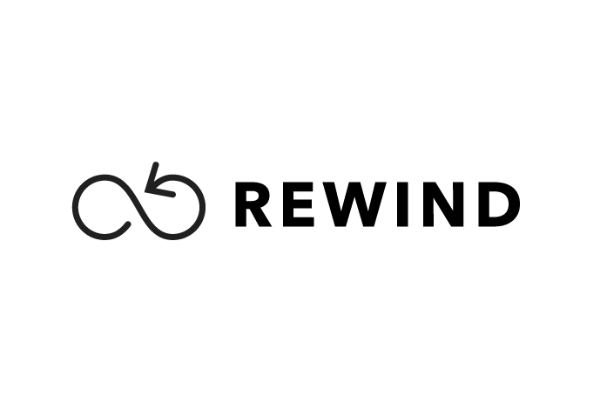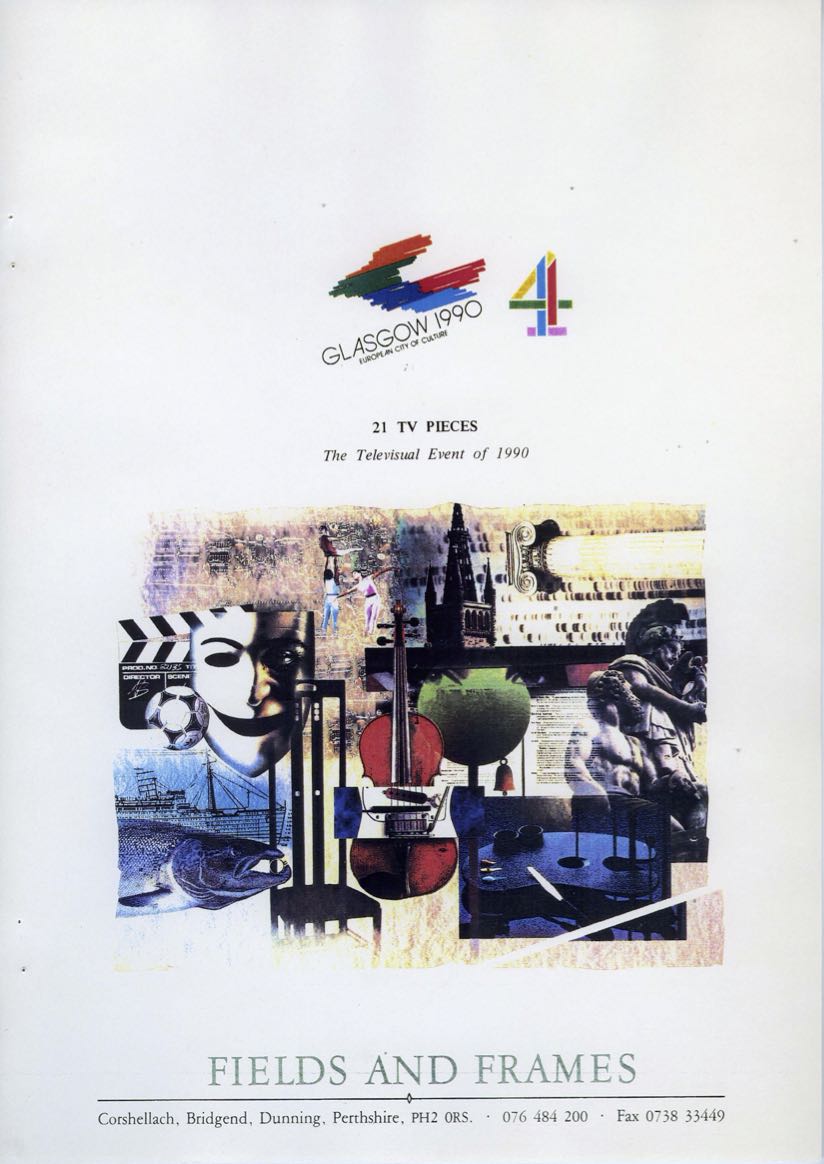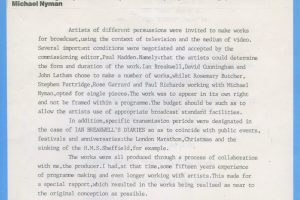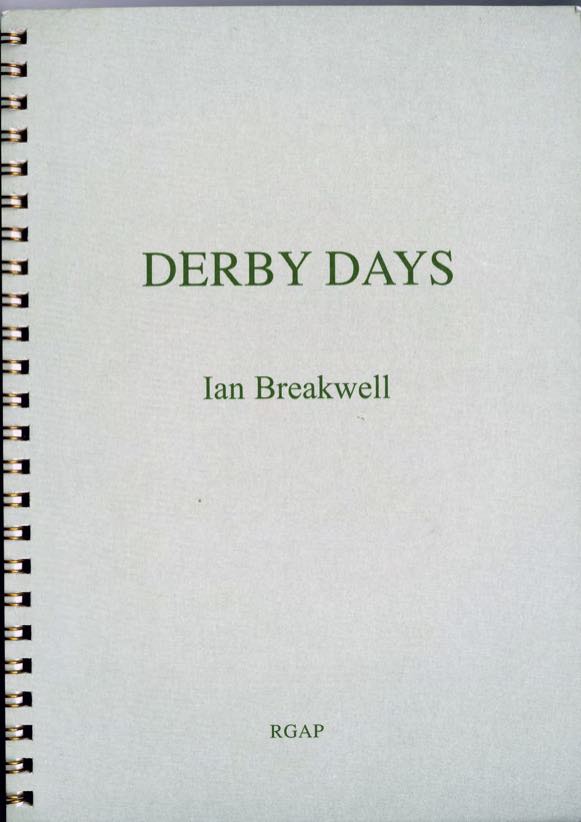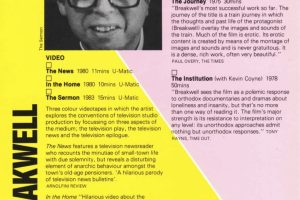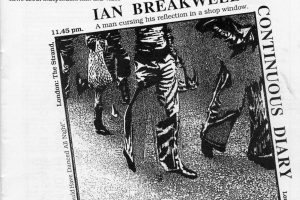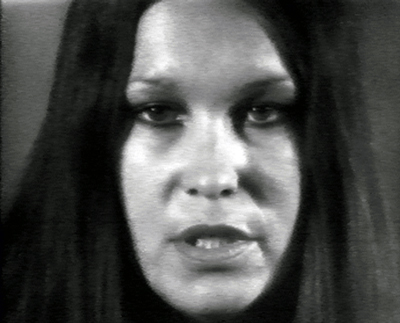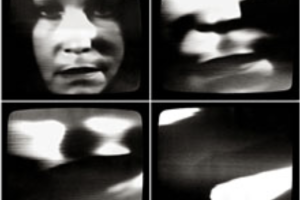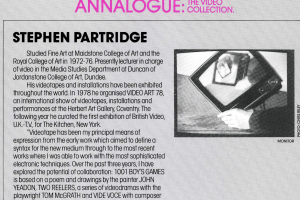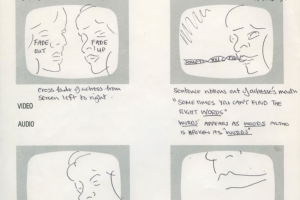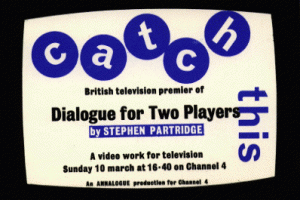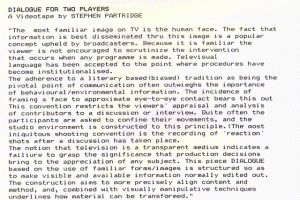Ridley, Anna (Producer)
Since the late 1960s, Anna Ridley has collaborated with many artists, including works for television, installations, films and videoworks. From 1968-1974 she was involved with the production of the films of David Hall, and those he made together with Tony Sinden. Having worked for BBC Television from 1968, in 1976, she proposed that ‘Arena’ (the long running BBC arts series) devote a programme to the newly emerging videoart scene, and was co-producer to Mark Kidel. David Hall’s ‘This is a Television Receiver’ was commissioned and prefaced the programme. Its transmission coincided with the Tate Gallery’s ‘The Video Show’ of video installations and a special edition of Studio International on Video Art. She recognised the opportunities that broadcast television could offer to artists interested in bringing their work to a wider public but at the same time challenging the forms and methods of production.
In response to the establishment of Channel 4 in 1981 she formed her production company Annalogue. The first Channel 4 commission was the ‘Dadarama’ series, broadcast in 1984, and she produced works by David Cunningham, Stephen Partridge, Paul Richards and Michael Nyman, Rose Garrard, Rosemary Butcher and John Latham. The works with Ian Breakwell took the form of two series: entitled ‘Ian Breakwell’s Continuous Diary’; and ‘Ian Breakwell’s Xmas Diary’. Subsequently she produced ‘Public Face:Private Eye’ with Ian Breakwell, ‘Les, A dream in the Life’, by Dean Stockton, also for Channel 4. In 1990 was co producer on the Fields & Frames 19:4:90 Television Interventions again for Channel 4. In 1993 MTV commissioned David Hall and Annalogue to make the series ‘TV Interruptions 93’. Ian Breakwell’s installation ‘The Other Side’, commissioned by The De La Warr Pavillion and now in the collection of Tate Britain, was also produced by Annalogue in 2002.
Anna Ridley now divides her time between the UK and Spain.
“My business is with television, my background is as a designer working in television with the BBC starting in the late sixties. Coincidentally, I had been closely associated with artists and one artist in particular. I was inspired by what was happening in the sixties and for me there was a direct line to the happenings coming from the Dadaists and the Futurists through to Black Mountain College in the US. They manifested themselves on the streets of the UK, particularly in London. What I was really excited about was that artists took to the streets. They were rejecting the idea of being confined within a gallery space and that the work just becoming another form of currency; in other words that people would buy it, on the whole, for investment purposes rather than to appreciate and understand the work. Alongside this the artists really wanted to get directly to the public that they wanted to reach. So, for me I was particularly interested in how to bring artists’ work into the public arena. Because I was working in television, it seemed to me the perfect platform because it comes into everybody’s front room. I was involved with one artist in particular to begin with, David Hall, who was a sculptor. I helped him make a number of films and later on video works. Also in the late sixties a group of artists emerged and formed something called Artist Placement Group and David Hall was part of that along with John Latham, Stuart Brisley and Jeffrey Shaw. One mustn’t forget of course the redoubtable Barbara Stevini who later became the forward thrust of the organisation. Basically its philosophy was placing people within organisations, whether it was industry or a government department. So for me, it was an extension of putting the artists where the people were and not operating within some, as they used to say, ‘elite context’. Out of that a phase emerged called, ‘context is half of the work’. Barbara Stevini coined that phrase. That was very important when considering putting works on television. Luckily for me, in the early 80s Channel 4 emerged. Prior to that, in 1976, because this new medium of video had been taken up by a number of artists and a whole body of work was emerging and at the time the BBC ran an art series called Arena, I persuaded the then editor Mark Kidel to devote a whole programme to video art. At that time I produced, with David Hall, a piece called ‘This Is a Television Receiver’, which prefaced without announcement, the whole programme on Arena. Although I tried to persuade the BBC to do more of this kind of work, because it seemed to be the obvious place, in the end I had to leave in order to realise my ambition of bringing artists into the arena of television. So when Channel 4 emerged that was the starting point. The Chief Executive of the time, Jeremy Isaacs, was a very unusual individual. He stated that he wanted programmes ‘like no other’ and I felt that this was my cue.”
updated April 2022
-
Interview of Anna Ridley
View the interview transcript here
-
Artist works:
-
Artist organisations:
-
Artist assets:



